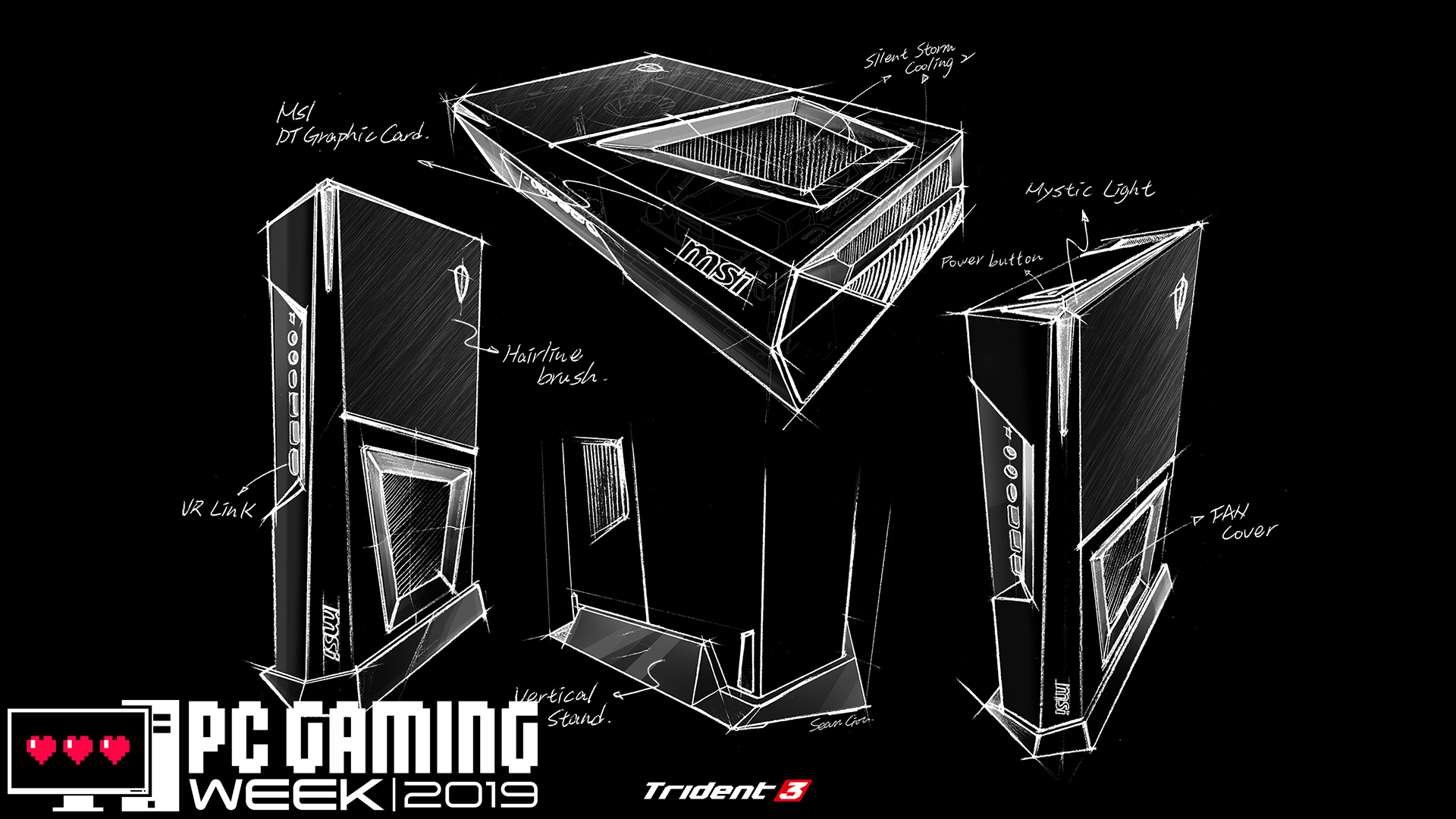
MSI has been one of our favorite gaming computer makers of late. That's because, in the last few years, it’s introduced some of the smallest PCs we’ve ever seen – from a gaming-grade, Mac Pro look-a-like to one of the first backpack PC’s designed to power a wireless virtual reality experience.
More recently, the company has introduced the Trident 3, a console-killing mini PC gaming system.
We caught up with MSI marketing manager Lenny Tang to get the low down on how the company designed some of its latest and smallest gaming PCs.
Welcome to TechRadar's PC Gaming Week 2019. We're celebrating the most powerful gaming platform on Earth with in-depth articles, exclusive interviews and essential buying guides that showcase everything PC gaming has to offer. Visit our PC Gaming Week 2019 page to see all our coverage in one place.
First published April 2017
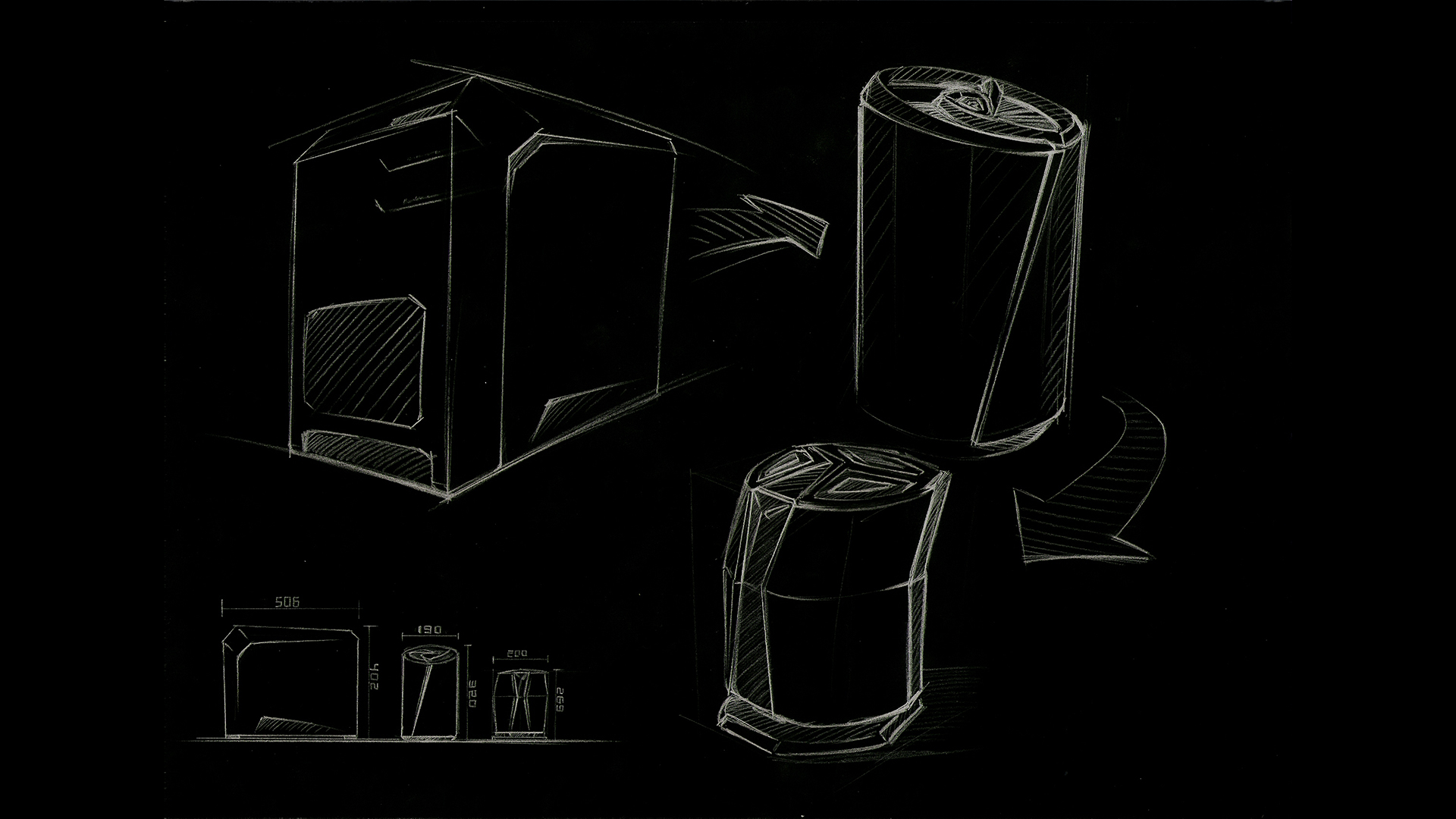
TechRadar: Before the MSI Vortex, we've seen a few cylindrical chassis before, including the latest Mac Pro, what spurred MSI to pursue this form factor?
Lenny Tang: MSI strives to come out with unique products that fit into different usage and demand for the gaming PC market. When we first designed the Vortex, we aimed to see how much power we can fit into the smallest form factor. Over the design period, we were able to fit in top of the line SLI graphics into a 6.5L cylindrical form factor.
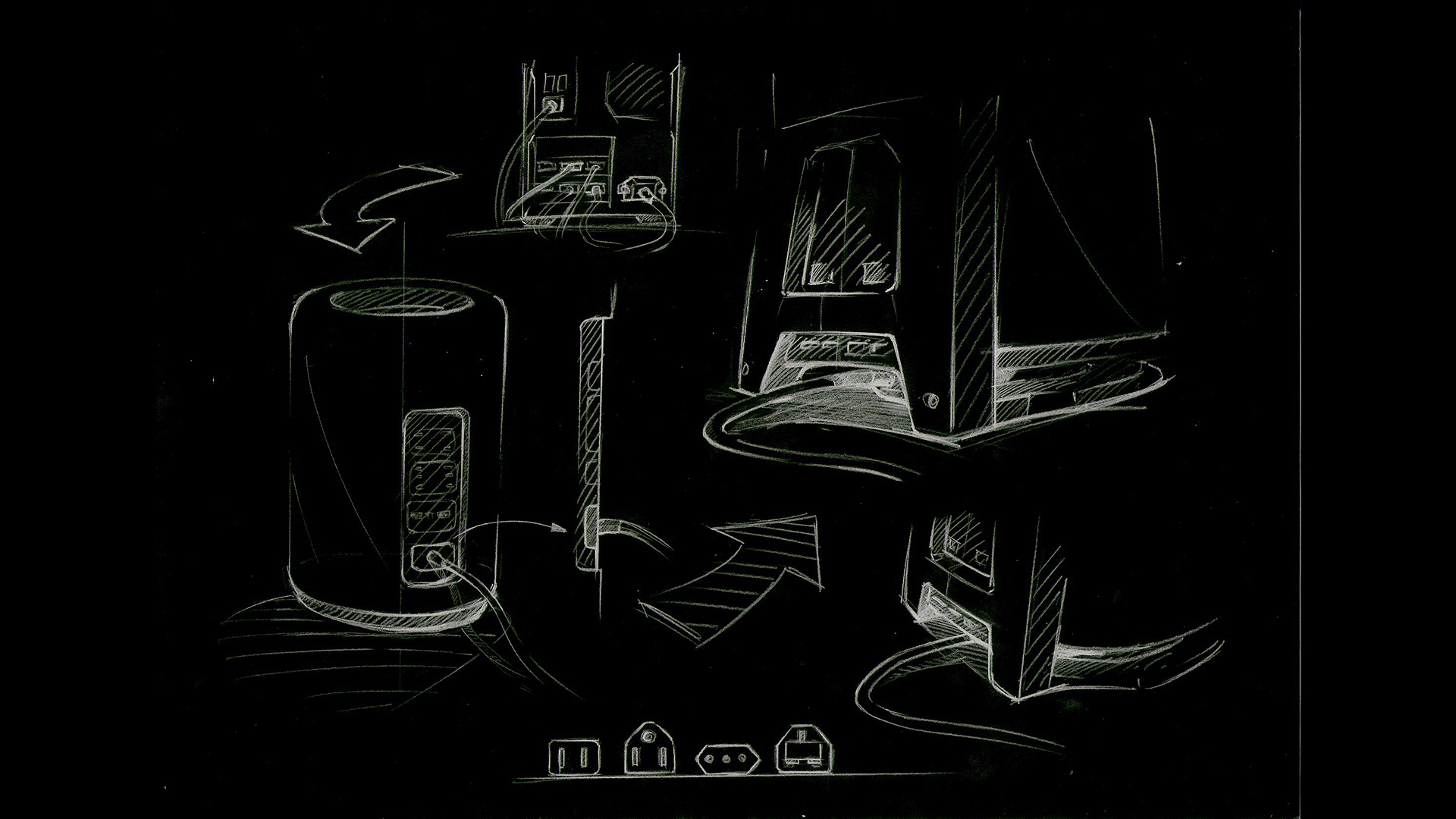
TR: It's amazing that the MSI Vortex only requires one fan to cool the entire system.
LT: The idea is to have this powerful PC not only fit as a gaming setup but also in the living room. One of the top design limitations we had was to keep the unit as quiet as possible. Since we are able to build it into a cylinder shape, we were also able to fit in a huge fan on top that perfectly drew out the heat without making much noise.
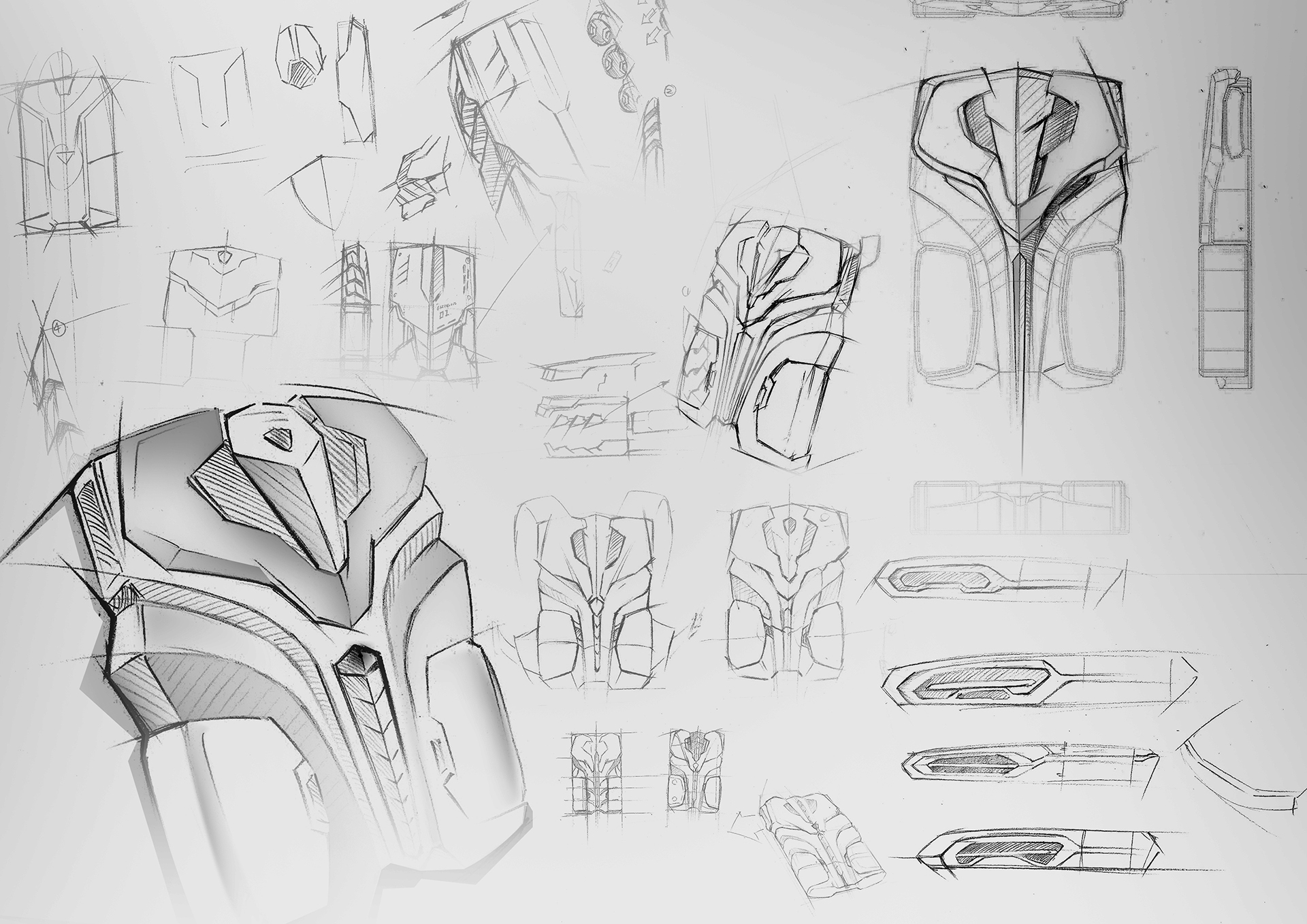
TR: MSI originally introduced a VR backpack PC that looked a lot like a cyclist's backpack, while the VR One sports a much more futuristic and vented design. What caused the shift?
LT: One of the top reasons why we shifted the design is to work out a lighter and smaller product without suffering in performance.
During the first introduction of the prototype design, one of the most common pieces of feedback from media and end users who tested it was air flow. The old prototypes blew heat out on the side, which could feel warm if you extended the arm too far to the back.
By redesigning the cooling system to exhaust away from the user’s back, we are able to keep the heat out of reach wherever possible, making it much more silent.
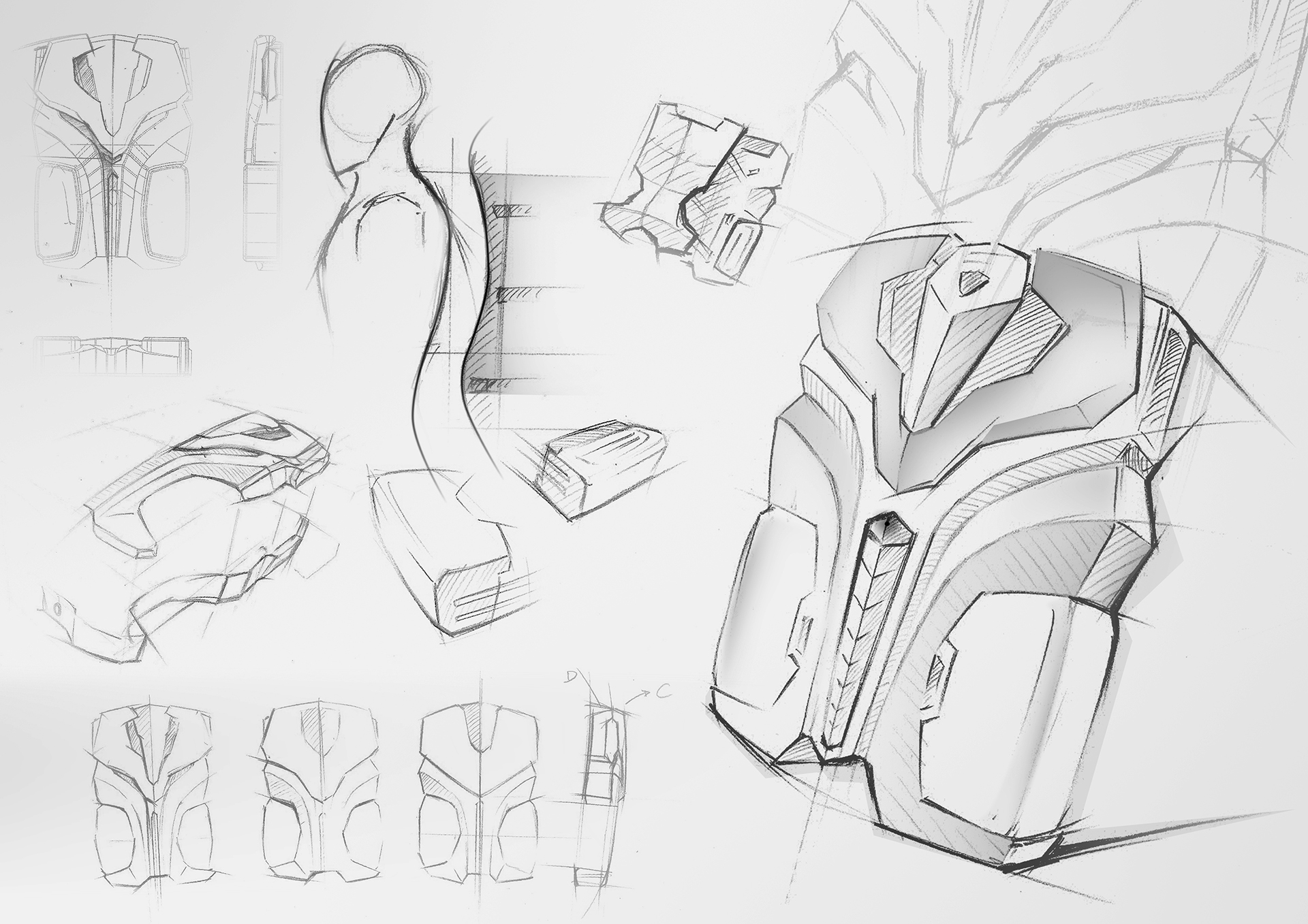
TR: There's a striking resemblance between the Trident 3 and VROne in both shape and design. Did the experience of creating a VR backpack PC help with the creation of the Trident 3?
LT: There are two different design teams who thought of the Trident and VROne, but there is some resemblance across our product line.
Our notebook, desktop, VGA, and motherboard teams have weekly synergy meetings, which allows each team to help provide input and suggestions in order to make the best product possible. You can also see some resemblance across our VGA and motherboard [products] as well.
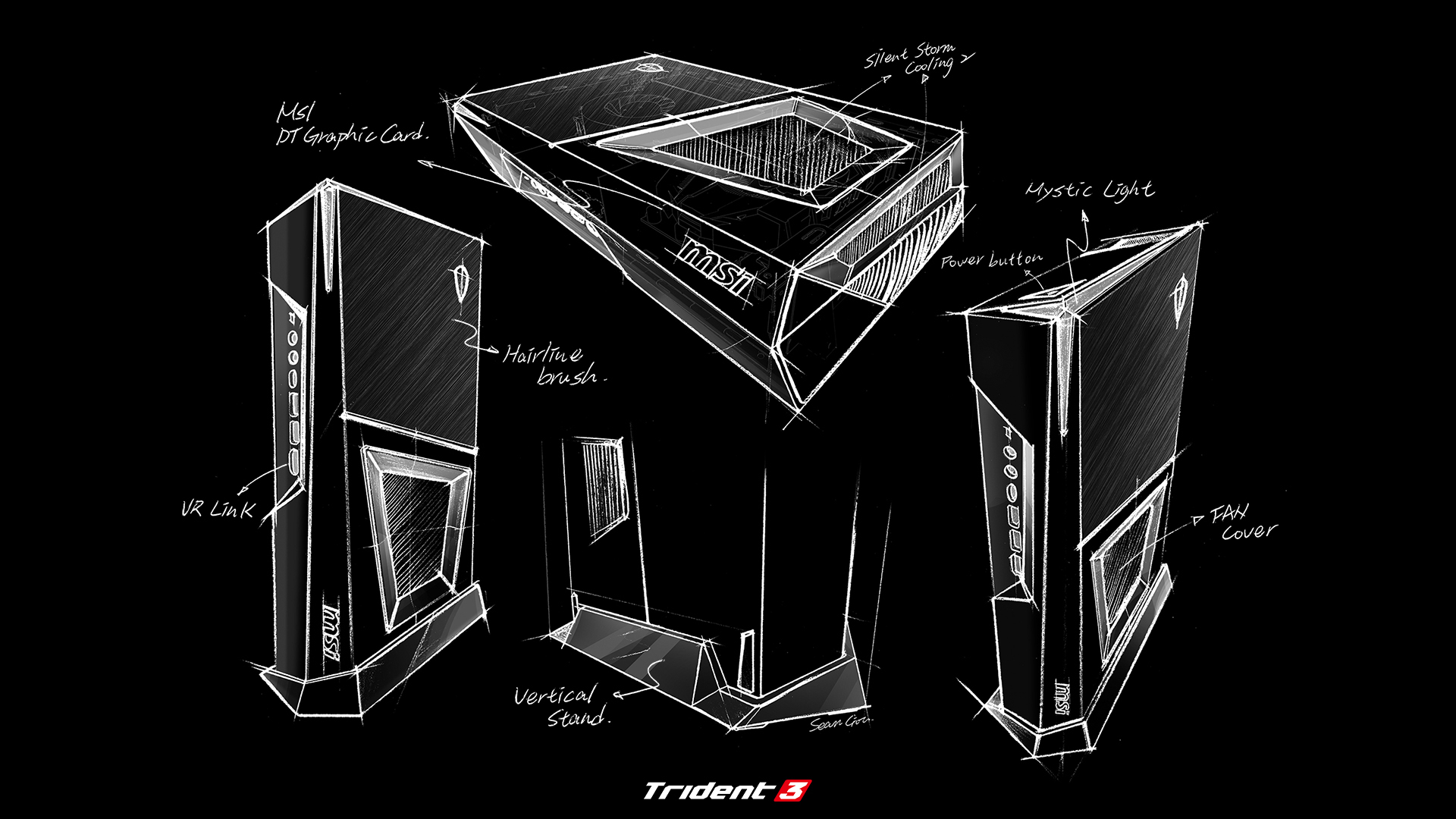
TR: When MSI developed the Trident 3, how did the team balance making the system as compact as possible while still being accessible and familiar enough for DIY upgrades?
LT: It was a huge challenge to start with.
The idea is to build a console-sized PC that can run 4K gaming. Of course, most desktop users want their system to be future-proof. We had surveyed the top three upgrade parts from our users and they said VGA, SSD and memory – that’s why we designed the unit to be easily upgradable for years to come.
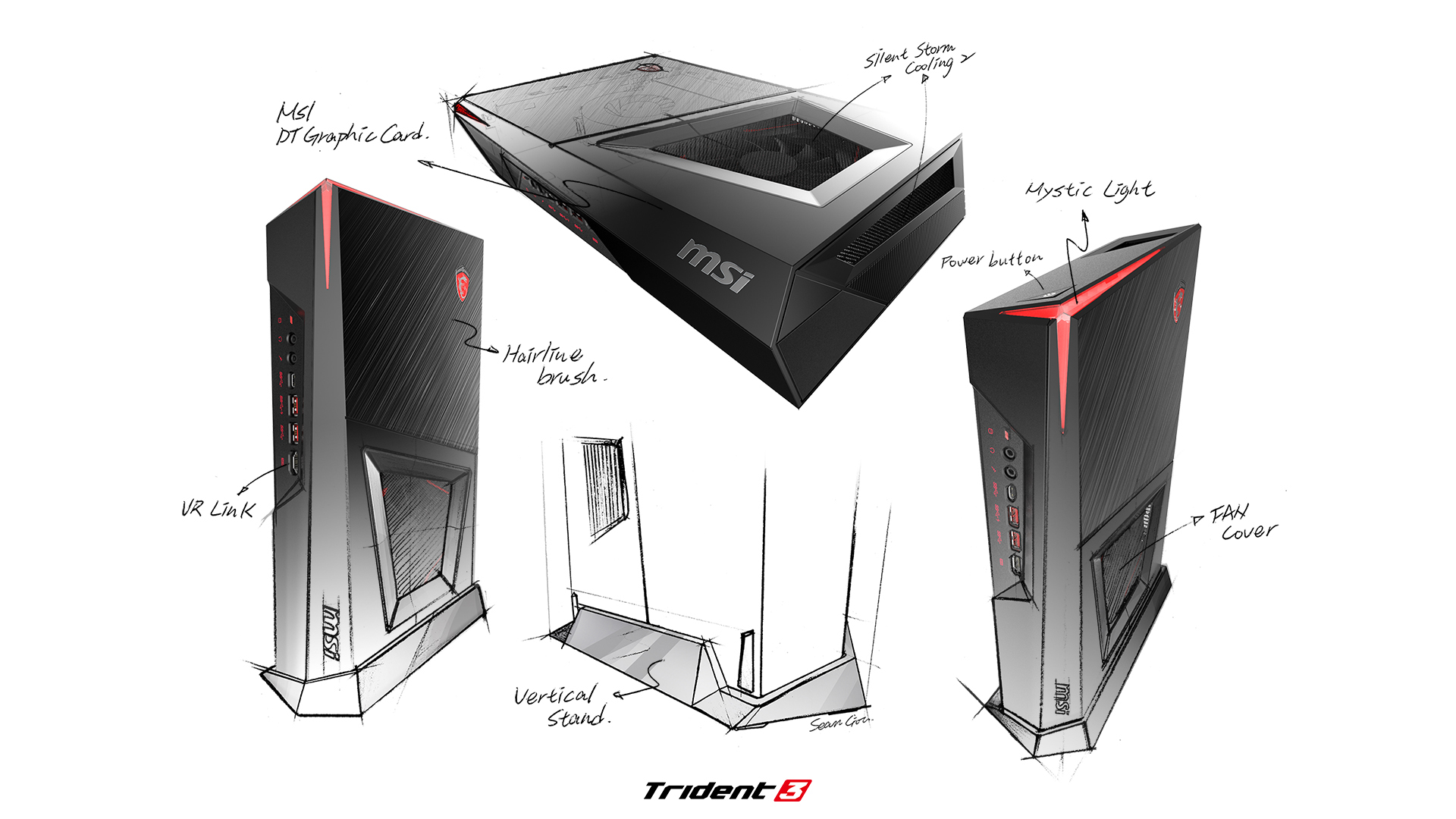
TR: Between all of MSI's compact systems, what is the hardest component to miniaturize or engineer around?
LT: Thermals is the most important component in our hardware. How can we keep the unit cool without sacrificing any performance?
We came out with a unique fan design for Vortex and Trident which is called Silent Storm Cooling. The specific airflow we create within the unit would be almost impossible without a combination of unique chassis designs and motherboards inside those units.
Of course, we need to keep the unit as quiet as possible so it can fit in living rooms or gaming rooms.

Kevin Lee was a former computing reporter at TechRadar. Kevin is now the SEO Updates Editor at IGN based in New York. He handles all of the best of tech buying guides while also dipping his hand in the entertainment and games evergreen content. Kevin has over eight years of experience in the tech and games publications with previous bylines at Polygon, PC World, and more. Outside of work, Kevin is major movie buff of cult and bad films. He also regularly plays flight & space sim and racing games. IRL he's a fan of archery, axe throwing, and board games.